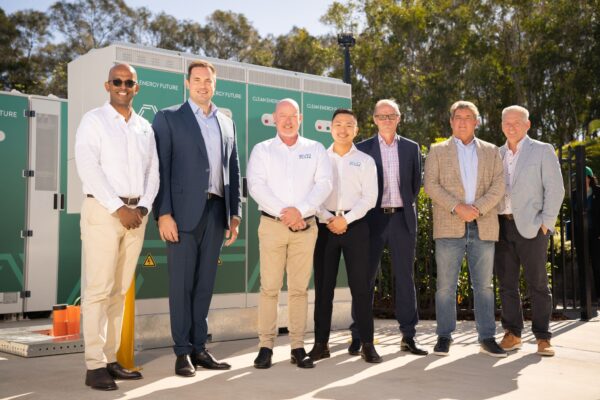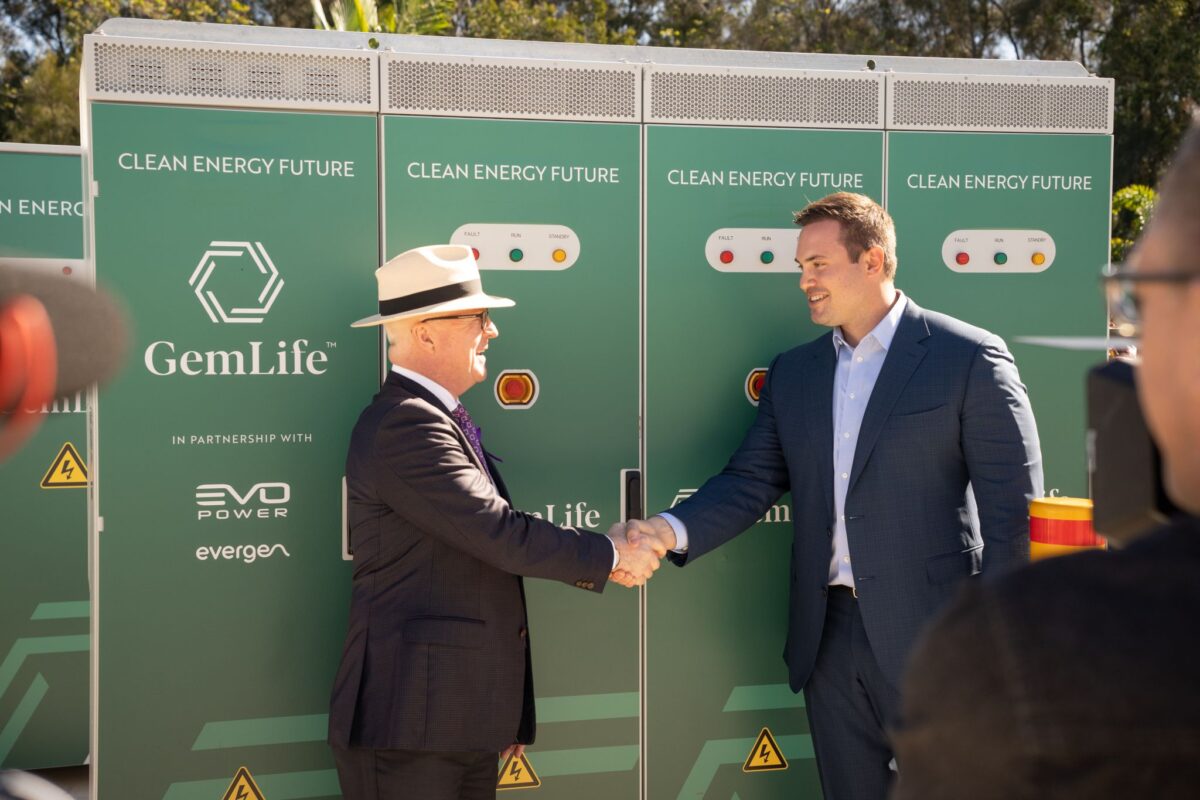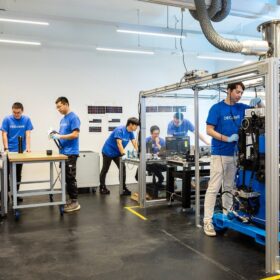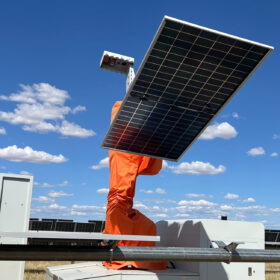The developer of premium retirement villages, GemLife, has begun its internal rollout of Virtual Power Plants (VPPs), with the support of technology partners Evergen, a software developer, and Evo Power, a Victorian battery company.
GemLife will invest more than $75 million (USD 49 million) over the next six years to develop VPPs across its portfolio of 11 existing and new communities in Queensland, New South Wales and Victoria. The aim is to connect the 10,000+ houses in the company’s portfolio.
In terms of how it works, it seems GemLife residences are already fitted with rooftop solar, and commercial-scale batteries have been installed at its villages. Through the VPP, which effectively aggregates, monitors and controls the flow of renewable energy, GemLife says its communities will be able to achieve 90% onsite renewable energy generation and storage. The program is also expected to save residents around 60% on their power bills.
The rollout follows a successful trial at GemLife’s Palmwoods community, in the Sunshine Coast hinterland in Queensland. During the trial, GemLife says the the average power bill was reduced to just $8 during the six-month testing period.

Evergen will serve as the overarching Energy Management System (EMS) for GemLife’s VPPs. “The portfolio of residential homes and common areas will be run as a virtual power plant, with Evergen taking and displaying telemetry from all residential PV systems and optimising the C&I-scale batteries at each site,” Evergen said of the project.
While the VPPs will have the capacity to sell excess energy into the grid, it seems the main thrust of the rollout is to enable as much onsite renewable use as possible. The investment follows a larger trend of companies, like property developers, deploying green energy across sites to bolster environmental, social, and governance (ESG) reporting.
VPPs hold much promise not only for increasing the share of renewables and decreasing bills, but also in terms of grid stabilisation. However, convincing individual households to sign up has proven tricky to date.
According to solar and energy analyst Sunwiz, the VPP adoption rate among battery owners appears to be just 14%. “It seems early adopters of energy storage systems aren’t willing to hand back to retailers their expensively-purchased independence,” managing director Warwick Johnston recently told pv magazine Australia.
GemLife’s scheme effectively bypasses this issue, since the developer owns both the solar systems and batteries at its property sites.
This content is protected by copyright and may not be reused. If you want to cooperate with us and would like to reuse some of our content, please contact: editors@pv-magazine.com.









By submitting this form you agree to pv magazine using your data for the purposes of publishing your comment.
Your personal data will only be disclosed or otherwise transmitted to third parties for the purposes of spam filtering or if this is necessary for technical maintenance of the website. Any other transfer to third parties will not take place unless this is justified on the basis of applicable data protection regulations or if pv magazine is legally obliged to do so.
You may revoke this consent at any time with effect for the future, in which case your personal data will be deleted immediately. Otherwise, your data will be deleted if pv magazine has processed your request or the purpose of data storage is fulfilled.
Further information on data privacy can be found in our Data Protection Policy.